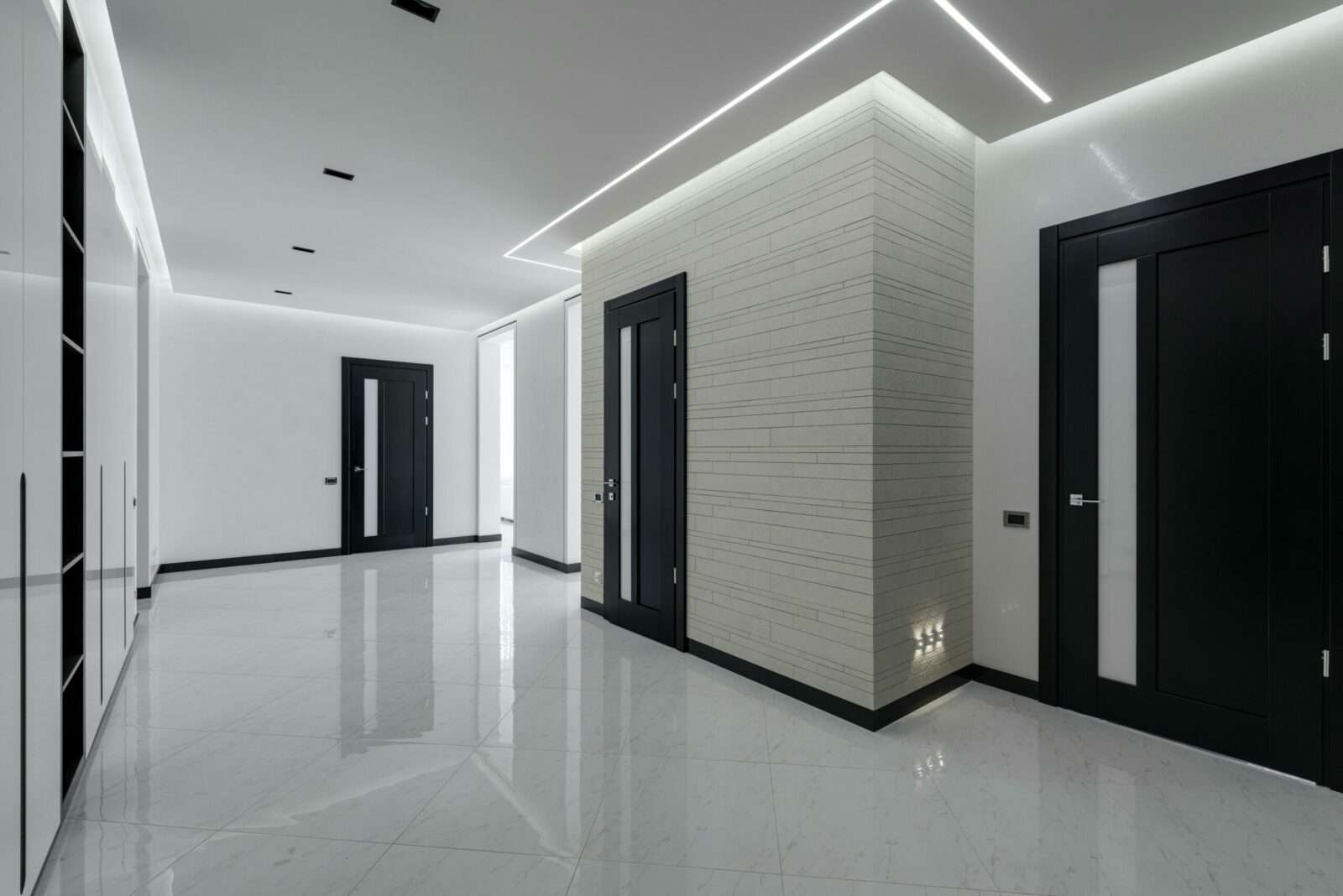For business owners, stakeholders, and those with a vested interest in the structuring of commercial spaces, the world of architecture can seem dauntingly complex. It’s not merely the construction of physical buildings; it’s the marriage of art, design, functionality, and legal compliance in the grand symphony of urban development. Navigating this realm requires not just guidance, but specialized expertise. This extensive guide journeys through the domain of commercial architectural services, equipping you with the knowledge to steer your project toward success.

The Core of Commercial Architectural Services
Architectural services for commercial properties are the heart of what creates a distinctive, functional, and safe place for business. They are the blueprint to the physical embodiment of a brand’s aspirations and functionality. They encompass a broad range of services that cater to the unique demands of commercial structures, which often serve as the epicenter for economic transactions and brand experiences.
Architectural Vision for Commercial Spaces
Commercial architectural services start with a vision. They are not just about constructing a space but about strategizing a design that will influence consumer behavior, optimize employee interaction, and reflect the values of the business. In today’s world, where experiences define brands, commercial architecture is an integral part of the branding strategy.
The Economics of Buildings
An architect’s role is not just creative; it is deeply economic. Commercial structures are investments, and a good design balances the initial cost with long-term benefits such as energy efficiency, space utilization, and adaptive reusability.
Hiring a seasoned architect for your commercial project is more than an expense; it’s a strategic investment that pays dividends in the long run. Expert architects bring a wealth of knowledge to the table, navigating building codes, and zoning laws, and maximizing the use of space—thereby preventing costly mistakes and construction delays.
Their foresight in sustainable design not only reduces energy costs but also positions your property for future adaptability, keeping it relevant and marketable in an ever-evolving commercial landscape.
Engaging a skilled architect is a wise financial decision that ensures your project’s longevity, functionality, and aesthetic appeal, ultimately saving you money.

Delving into the Design
The design phase is where architectural intentions become tangible. It is the process of turning conceptual ideas into intricate plans, readying a business to see its vision in concrete (literally!) terms.
Commercial architecture is a complex field that involves the creation of functional and aesthetically pleasing structures used for business purposes. In creating these structures, architects rely heavily on three critical phases: schematic design, design development, and construction drawings.
Schematic Design: This is the first phase of the architectural design process. Here, the architect creates rough sketches or digital renders to illustrate the general layout and appearance of the building. These designs are usually broad strokes, providing a conceptual view of the project. The main goal of this phase is to establish the overall scope, scale, and relationship of the project components.
Design Development: This phase involves refining the schematic designs into more detailed plans. The architect will consider various aspects such as materials, finishes, mechanical, electrical, and plumbing systems. They also work closely with other professionals like structural engineers, HVAC consultants, etc., to ensure the building design is feasible, within budget, and meets all necessary codes and regulations.
Construction Drawings: Also known as blueprints, these are detailed, technical drawings that include all the information required to construct the building. They serve as a guide for construction teams and include details about measurements, materials, installation techniques, and more. These drawings must be precise and accurate to avoid costly mistakes during construction.
A professional architect makes all the difference in these stages. With their expertise and knowledge, they can create designs that not only look good but are also functional, sustainable, and meet the client’s needs. They use their creative problem-solving skills to address challenges that may arise during the design and construction process. Moreover, they have a deep understanding of building codes, technologies, and the latest trends in commercial architecture, ensuring the end result is a building that stands the test of time.
How Do I Choose the Right Architect?
Choosing the right commercial architect for your project is a significant decision that can greatly impact its success. Here are some tips on how to select the best architect for your needs:
- Understand Your Project Needs: Before you start looking for an architect, have a clear understanding of your project. What is the purpose of the building? What style are you aiming for? What’s your budget? Having these details outlined will help you identify architects who specialize in the type of work you need.
- Review Their Portfolio: A good way to gauge an architect’s style and quality of work is by reviewing their portfolio. Look for projects similar to yours and evaluate whether their designs resonate with your vision.
- Check Their Credentials: Make sure the architect is licensed and registered. This not only validates their professional qualification but also ensures they adhere to the industry’s standards and regulations.
- Assess Communication Skills: Good communication is key in architecture. Your architect should be able to clearly understand your needs and communicate their ideas effectively. They should also be open to feedback and willing to make adjustments as per your requirements.
- Consider Their Experience: An experienced architect will have a better understanding of potential challenges and how to handle them. They’ll also have established relationships with contractors and suppliers, which can be beneficial for your project.
- Ask About Their Process: Every architect has a unique approach to their work. Understanding their process can give you an idea of what to expect during the design and construction phase.
- Get References: Reach out to past clients of the architect to get their feedback. Were they satisfied with the architect’s work? Did the project stay within budget and timeline? This can provide valuable insights into the architect’s reliability and professionalism.
- Evaluate Their Fees: Architect fees can vary widely, so it’s important to understand their fee structure from the start. Ensure it aligns with your budget but remember, the cheapest option may not always provide the best value.
Remember, choosing an architect is a personal decision. The best architect for your project will be someone who understands your vision, communicates effectively, and has the experience to bring your project to life within your budget and timeline.
Avoiding Common Mistakes When Working with Commercial Architects
Working with commercial architects involves a lot of critical decisions. Avoiding common mistakes can greatly impact the success of your project. Here are some pitfalls to avoid:
- Not Clearly Defining Your Project: Before meeting with an architect, it’s crucial to have a clear vision of your project. This includes the purpose of the building, your budget, and your timeline.
- Overlooking the Architect’s Experience: Not all architects specialize in the same type of projects. Make sure the architect you choose has experience in commercial projects similar to yours.
- Ignoring Communication Skills: Good communication is key to a successful project. If the architect doesn’t communicate effectively or doesn’t seem to understand your needs, it could lead to misunderstandings and dissatisfaction.
- Choosing Based on Price Alone: While cost is an important factor, choosing an architect based solely on their fees could compromise the quality of your project. It’s important to consider the value they bring to your project.
- Not Checking References: Speaking with past clients can provide valuable insights into the architect’s reliability, professionalism, and quality of work.
- Neglecting Contract Details: Make sure to read the contract carefully and understand all the details before signing. This includes the architect’s scope of work, fees, timeline, and what happens in case of changes or delays.
- Not Involving the Architect in Contractor Selection: Architects often have established relationships with contractors and can help you choose one that’s right for your project.
- Dismissing the Importance of Regular Meetings: Regular meetings with your architect ensure that you’re kept in the loop about progress and any issues that arise.
By avoiding these common mistakes, you can ensure a smoother process and a more successful outcome for your project.
Conclusion: Crafting a Legacy
The art of commercial architectural services is about more than constructing buildings. It is about creating a legacy that stands the test of time. By understanding the details of this field, you open the door to a world of possibilities for your business.
Embrace the journey of transforming architectural blueprints into tangible business assets. The venture is complex and challenging, but with the right insights and partners, your architectural project can be a beacon of success in the commercial landscape.
Keiser Design Group is more than just an architecture firm. We’re your partners in creating the commercial building you’ve always dreamed of. With our team of dedicated professionals, we strive to make the entire process as stress-free and enjoyable as possible.
With Keiser Design Group, you’re not just building a commercial structure, you’re building a vision. Reach out today and let’s embark on this journey together!


